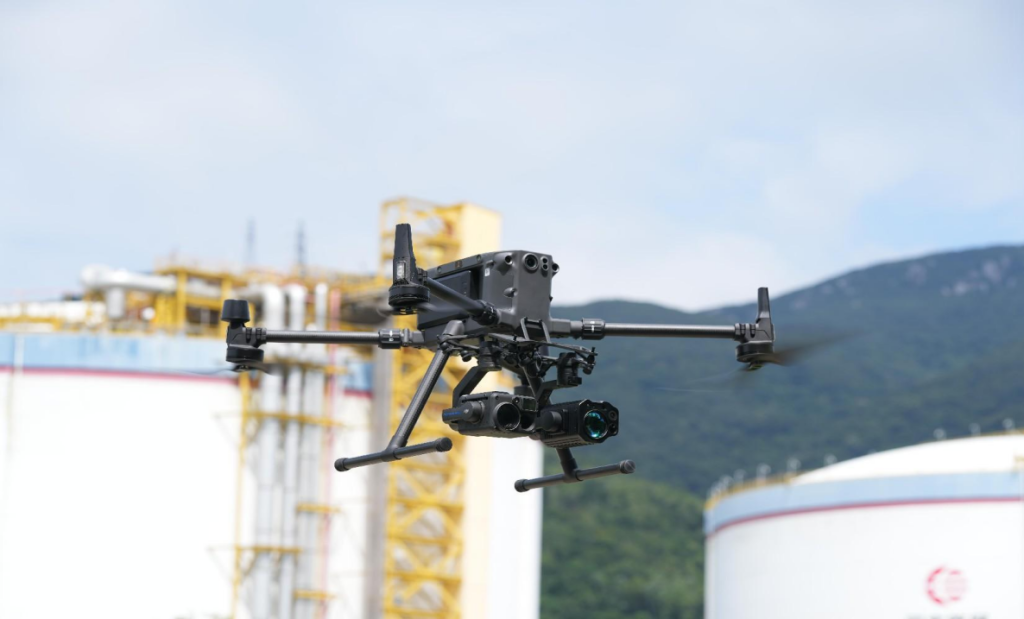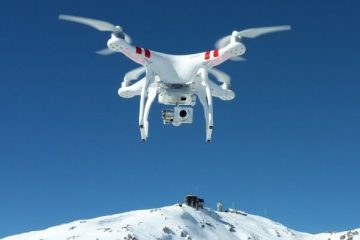The main component of natural gas is methane, which accounts for 70%-90% of its composition. Other components include acetylene, propane, butane and pentane. These compounds make natural gas colorless and odorless. During production, storage, transportation, distribution and use, gas leakage is very likely to occur, and leakage is likely to cause serious safety accidents such as fire and explosion.
With the continuous advancement of science and technology, drone technology has expanded from the military field to the civil and industrial fields. Among them, the gas detection instruments carried by drones play an increasingly important role in environmental monitoring, agriculture, energy exploration and other fields. Especially in the monitoring of methane (CH4), a gas with a greenhouse effect, the application of drone gas detectors is gradually becoming an efficient and convenient solution.
1. The importance of methane monitoring
Methane is a colorless and odorless gas. It is the main component of natural gas and a common by-product in activities such as oil extraction, landfills, and animal husbandry. Since methane is a potent greenhouse gas with a global warming potential 25 times that of carbon dioxide (CO2), monitoring the concentration of methane in the environment is of great significance for environmental protection and climate change research.
2. Technical principle of drone gas detector
Drone gas detectors usually use high-precision sensors to detect the methane concentration in the air. These sensors can be infrared sensors, laser sensors or electrochemical sensors, etc. They can collect methane data in the air in real time and send the data back to the control center through wireless transmission technology. The mobility of drones enables it to cover a wide area and conduct rapid spatial data collection.

3. Application of drone gas detectors in methane monitoring
Oil and gas industry: drones can be used to detect methane leaks in the production of oil and gas, helping to reduce resource waste and environmental pollution. Environmental monitoring: Environmental protection agencies can use drones to monitor methane emissions in nature reserves, wetlands and other areas to assess environmental health. Agricultural management: In animal husbandry, drones can help monitor methane emissions from livestock and provide data support for emission reduction. Landfills: Drones can conduct regular inspections over landfills to promptly discover and locate high-concentration areas of methane in order to take corresponding measures.
4. Advantages of drone gas detectors
High efficiency: drones can quickly reach inaccessible areas such as mountains, dense forests, and waters to achieve rapid detection. High flexibility: UAVs can adjust flight routes and altitudes as needed to flexibly respond to different monitoring tasks. High safety: Using drones for gas detection can prevent personnel from being directly exposed to harmful gases and reduce safety risks. High precision: The sensors carried by modern drones are highly accurate and can provide reliable data to support decision-making.
Conclusion:
The application of drone gas detectors in methane monitoring demonstrates its important role in environmental protection and industrial safety. With the continuous development of drone technology and the reduction of costs, we can foresee that drone gas detectors will be widely used in more fields in the future and contribute to the sustainable development of mankind.




